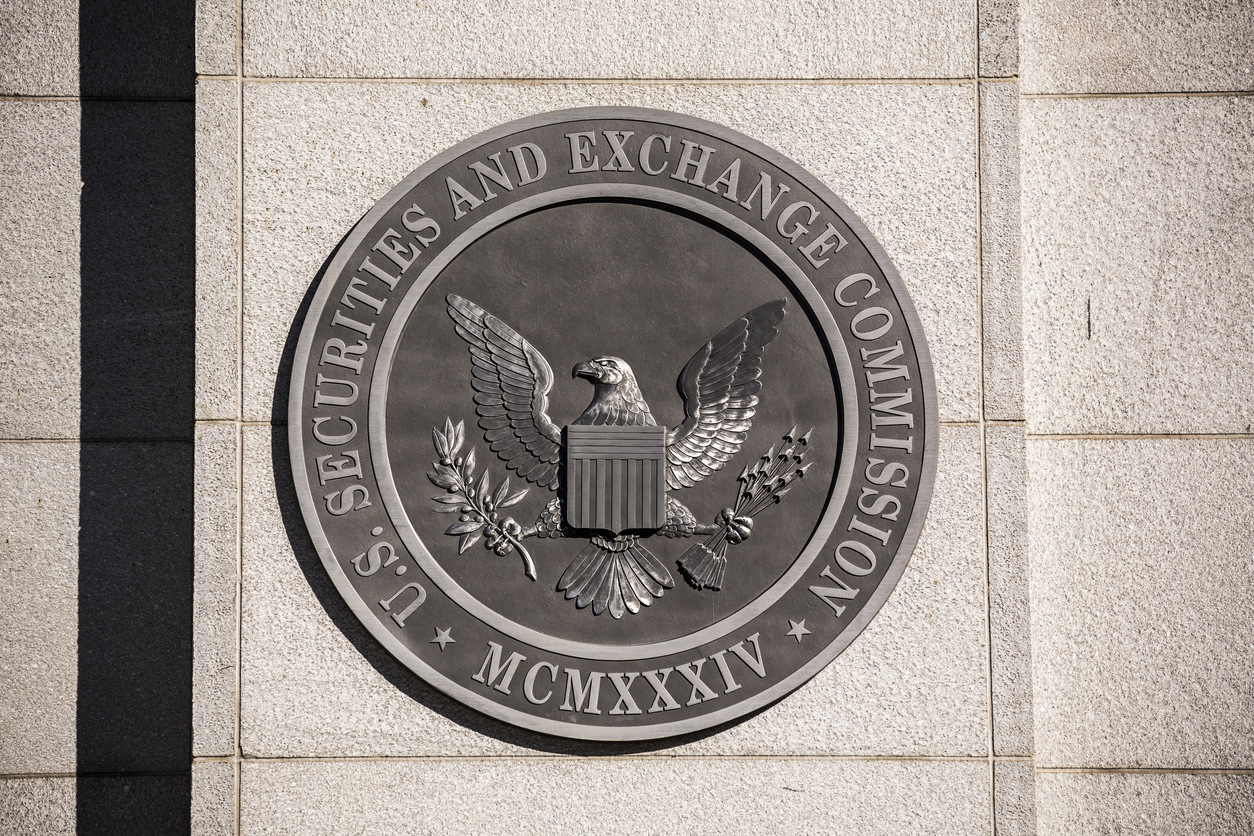The civil charges against Alexander Chatfield Burns, now 31 years old, include allegations that he and the associate “raided those insurance companies of their funds” and replaced them with assets that were either worthless or grossly overvalued, including a supposed Caravaggio painting “of questionable authenticity.”
The alleged scheme was carried out by a New York-based company, Southport Lane Management LLC, that Mr. Burns created while in his early 20s. Through Southport, Mr. Burns and associates gained control of several insurance companies starting in 2013, then allegedly began diverting the insurers’ assets.
The alleged scheme collapsed in early 2014, when Mr. Burns checked into a mental-health ward at New York’s Bellevue Hospital, leaving behind an affidavit describing an unusual series of asset transfers, The Wall Street Journal reported in 2015.
Mr. Burns’s associate who was also charged by the SEC, Andrew B. Scherr, was a minority owner of Southport Lane at one point, and later became majority owner. Mr. Scherr, 50 years old, was separately charged in a criminal fraud complaint in Oklahoma earlier this year, in which authorities charged he helped gain control of a different insurer using counterfeit assets. He has pleaded not guilty in that matter.
As for the supposed Caravaggio painting, the SEC alleged that Mr. Scherr directed the purchase of the artwork for $15 million, then sold it to a Southport Lane affiliate for $40 million. Mr. Burns, using securities backed by the painting, subsequently transferred the painting onto the insurers’ books with a claimed value of $128 million, the SEC alleged.
Attorneys for Messrs. Burns and Scherr weren’t immediately available for comment.
It didn’t take much money for Messrs. Burns and Scherr to gain control of the insurers, according to the SEC. They acquired controlling interests in the insurers either by using “asset-backed securities of questionable, if any, value, or by surreptitiously using the funds controlled by one insurance company to acquire controlling interests in another insurance company,” the SEC said in the complaint, filed late Tuesday in U.S. District Court in Manhattan.
The pair personally profited from these schemes, the SEC charged, including through paying themselves annual salaries. Mr. Burns also allegedly moved $35 million of insurers’ funds through his personal bank accounts, the SEC said. He transferred most of that money back to Southport, but retained about $915,000, the complaint alleged.













